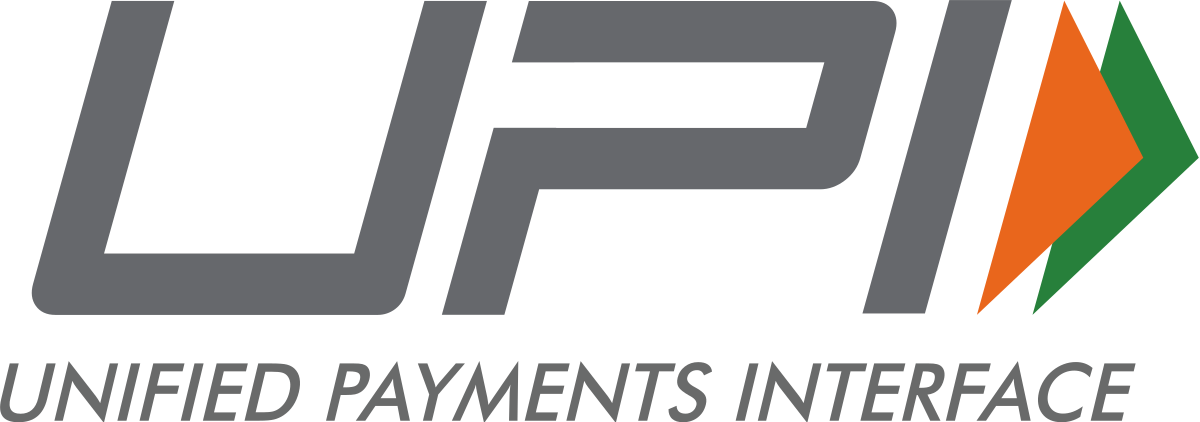Table of Contents
What is the feature of “UPI Now-Pay Later”?
In a traditional UPI transaction, having a sufficient balance in your bank account is a prerequisite. But life is unpredictable, and there may be times when you need to make a payment, and your account balance falls short. This is where UPI Now-Pay Later comes to the rescue. This groundbreaking feature allows banks to extend a pre-approved credit line to users, enabling them to make transactions even when their account balance is insufficient.
Until recently, linking your bank account to UPI apps and conducting transactions was possible solely through a debit card. However, with the advent of UPI Now-Pay Later, you can now link a pre-approved credit line to your UPI account, offering you more flexibility and convenience.
Click on the picture below to Open Demat account with Zerodha

What is a pre-approved line of credit?
Essentially, it’s a loan facility granted in advance by banks, akin to a pre-sanctioned loan. Think of it as an overdraft facility, but with the added convenience of being accessible through various UPI apps such as Google Pay, Paytm, MobiKwik, and mobile banking UPI applications.
Before you can tap into this credit line, banks seek your authorization. Once approved, you can utilize this credit for UPI transactions, subject to a specific usage limit. It’s crucial to note that payments made using this facility must be settled within the stipulated due date. While some banks provide this credit line at no cost, others may charge interest, making it function like a “buy now and pay later” facility for users.
Also read: Have a look at the following story.
What are the charges in “UPI Now-Pay Later”?
With the recent RBI announcement, many banks have jumped on board to make credit line facilities available to their customers. However, the terms and conditions of these credit lines can vary significantly from one bank to another. For instance, HDFC Bank charges interest on the disbursed credit amount, whereas ICICI Bank offers a predefined credit limit and imposes a service fee if you exceed this limit.
What is the future for “UPI Now-Pay Later”?
While Fintech companies and non-banking financial institutions have historically dominated the Buy Now Pay Later market, the RBI’s new policy is opening doors for commercial banks to offer loan facilities to their customers more easily. While banks currently primarily support merchant payments, they are expected to expand these facilities to individual customers in the near future. Furthermore, banks tailor specific loan limits for each customer, making this facility especially beneficial for those who may not qualify for a traditional credit card.
Disclaimer:
The content provided in this web post is for informational purposes only and should not be construed as financial advice. Readers are encouraged to consult with financial professionals before making any significant financial decisions.



